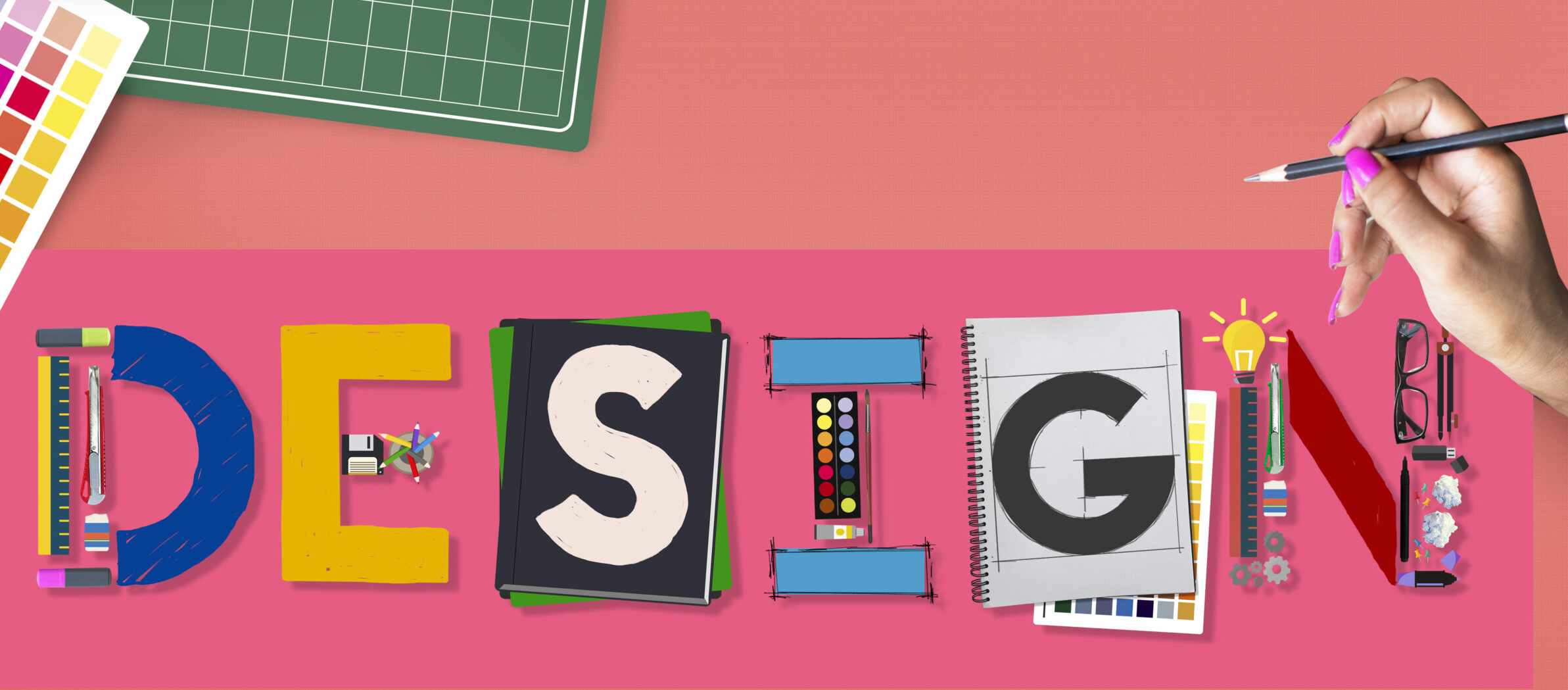Mind Spark
A blog aimed at exploring the intersection of where business and technology meet.
Human-Centered Design: Making Tech More Human

Ever had a “Why is this so hard to use?” moment with a gadget or an app? You’re not alone. That’s where Human-Centered Design (HCD) comes in. It’s all about making things easier, more intuitive, and frankly, more human.
What is HCD anyway? Imagine you’re making a cake, but instead of starting with what you like, you first find out everyone’s favorite flavors at the party. That’s HCD in a nutshell. It’s a design process that starts and ends with the people you’re creating for. By understanding their needs, desires, and the real-world ways they interact with technology, HCD guides the creation of products that aren’t just innovative but are also deeply connected to user experience.
Some say that HCD literally makes everything better. Products and services designed with HCD principles are more likely to hit the mark with users because they’re built based on real needs, not guesses. This means happier customers and, often, a healthier bottom line for businesses. What are the HCD principles?
- Listen and Observe: Start by getting to know your users. This isn’t just about asking what they want but observing how they use (or struggle with) your products or services.
- Empathy is Key: Put yourself in your users’ shoes. Understanding their frustrations and joys can lead to insights that drive innovative solutions.
- Ideate and Prototype: Brainstorm ideas, then make simple versions (prototypes) that you can test with real users. This cycle of testing and feedback is crucial.
- Implement and Learn: Roll out the refined product or service, but don’t stop there. Continue to gather feedback and be ready to iterate. Learning is a continuous journey.
While HCD can lead to groundbreaking innovations and deeply satisfying user experiences, it’s not without its challenges. Below I’ve outlined some pros and cons to help you evaluate if HCD is right for your organization:
Pros:
- Enhanced User Satisfaction: By focusing on the end-user’s needs and experiences, HCD can significantly improve satisfaction and usability.
- Reduced Long-Term Costs: Products designed with HCD principles often require fewer revisions and have a longer lifespan in the market, ultimately saving money.
- Increased Accessibility: HCD encourages the design of products that are accessible to a wider range of people, including those with disabilities.
Cons:
- Time-Intensive: The research and testing phases of HCD can be time-consuming, potentially delaying the time to market.
- Resource-Heavy: Extensive user research and continuous iteration require substantial resources and investment.
- Complexity in Scaling: Solutions that are highly tailored to specific user groups might be challenging to scale or adapt to broader markets.
Incorporating HCD into your tech organization isn’t just about following a process; it’s about fostering a culture that values empathy and ongoing dialogue with your users. The result? Products and services that not only meet but exceed user expectations, creating a loyal customer base and setting the stage for true innovation.
So, the next time you’re brainstorming the next big thing in tech, remember to start with the human element. Because at the end of the day, technology is for people, and the best tech solutions are those that fit seamlessly into their lives.
To learn more about Human Centered Design, tune into episode 3 of the Minerva Meets podcast where I dive into Human Centered Design with Hugh Musick as my guest.
Image by rawpixel.com on Freepik
